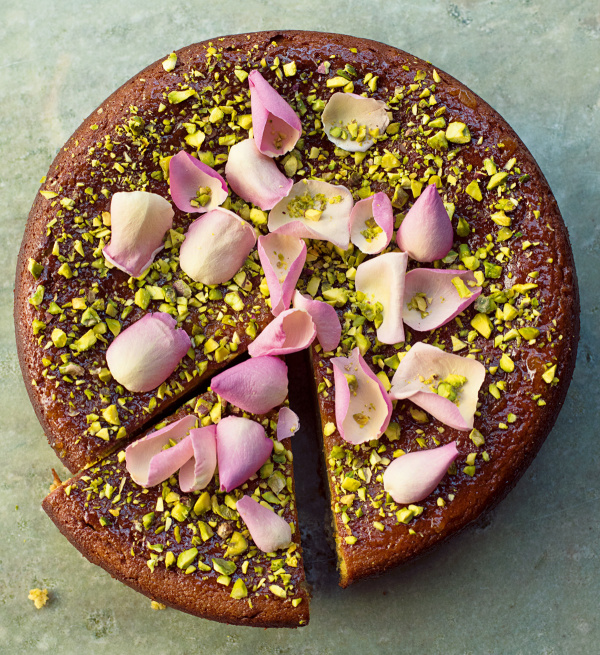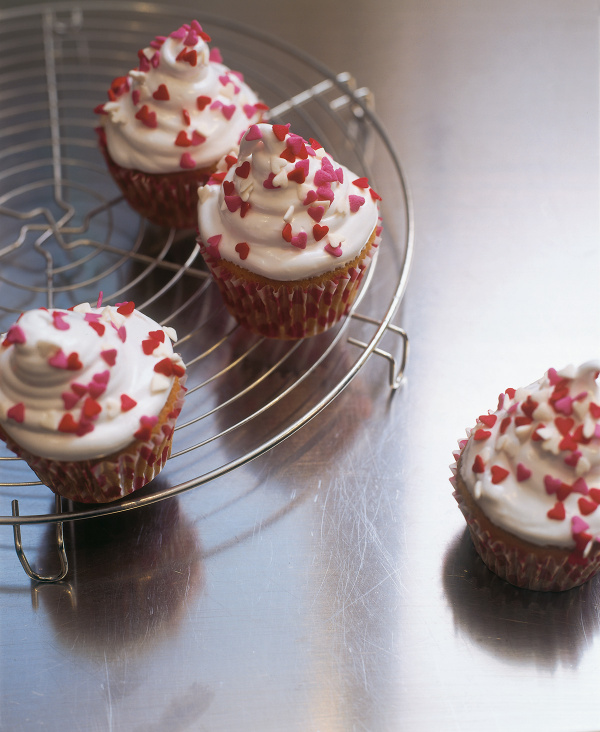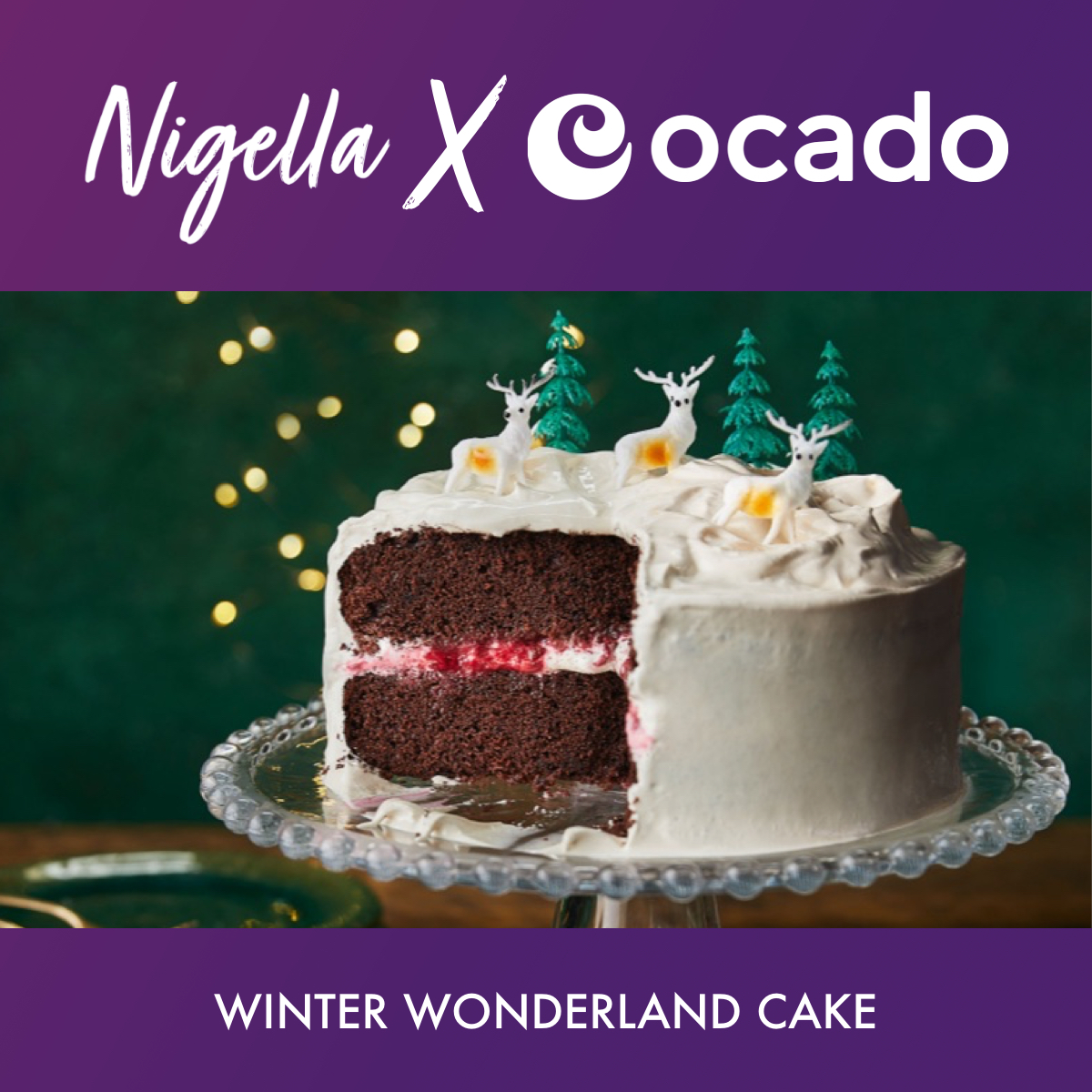Baking - Different Tins?
Asked by ajerseybear. Answered on 14th July 2011
Full question
I have been working through the recipes from the Domestic Goddess book which I purchased recently. Just when I though i had bought the right size tin for one cake, I need a different size for another. How important is it to have so many different sized tins. Does it matter if the tin is not as wide but deeeper, will this allow compensation for baking? Also apart from taste or health benefits, how important is it to use salted and unsalted butter. Hope you can help with these questions, as I head into town to purchase another cake tin
Our answer
Unfortunately a baking book such as Domestic Goddess will use several different types of cake tin (pan) as there is such a wide variety of cakes in the book. It is difficult to use different tins to those specified in the recipes as the baking times will vary and the results may not be quite as expected.
Nigella recommends a basic collection of tins in Kitchen (p4) - a 12-hole (cup) muffin tin, two 20cm/8-inch sandwich tins (round cake cake pans), a 23cm/9-inch springform tin and a 900g/2-pound loaf tin (which is approximately 23x13x7 cm/9x5x3 inches). A bundt tin is also a nice addition as these cakes have a lovely shape and need little adornment. A rectangular brownie tin is also useful. For the US you will find a 9 x 13 inch rectangular pan useful and also many US cakes are made in 9-inch round cake pans.
Paper liners for loaf tins and muffin tins are nice to have and if you can find a re-usable silicone sheet such as Bake-O-Glide which can be cut to fit the base of your tins then it will save having to keep cutting baking parchment to line the tins.
For baking most cooks prefer to use unsalted butter. Historically unsalted butter was usually fresher than salted as the salt would help to preserve the butter. Modern refrigeration means this is not really an issue but unsalted is still preferred as it lets the cook control the amount of salt in the cake, particularly if the cake has a high content of butter, such as a Victoria sponge. For pastry unsalted is also preferred, partly for taste and partly as too much salt will toughen the glutens in the flour meaning the pastry will be less tender.




Tell us what you think
Thank you {% member.data['first-name'] %}.
Explore more questionsYour comment has been submitted.